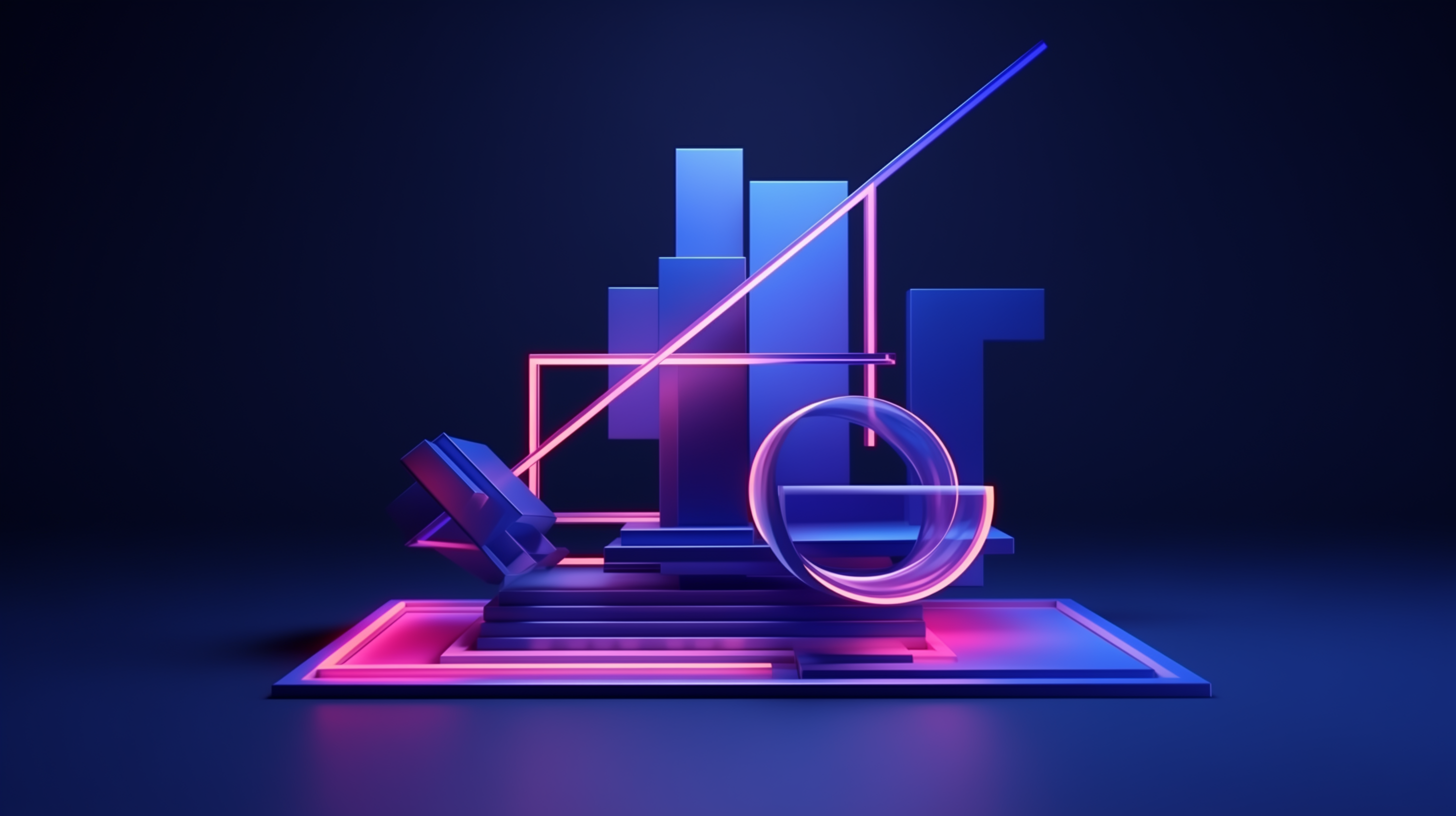
Explore the elements of design and composition with Udacity. Learn texture, space, balance, scale, and more. Enhance your art and digital design skills today.
Here's a deal for you
What's inside
Syllabus
In this lesson, we will explore texture in fine arts and the digital art realm, creating depth and the illusion of a tactile sense through images, lines, shapes, typography, and layering colors.
Read more
Syllabus
Good to know
Save this course
Activities
Explore texture in fine arts and digital art
Show steps
EXPLORE the different ways artists use texture to create depth and visual interest in their work.
Show steps
-
Visit an art museum or gallery and look at how artists use texture in their paintings, sculptures, and other works.
-
Experiment with different textures in your own artwork. Try adding sand or sawdust to your paint, or using fabric or other collage materials to create different surfaces.
-
Take a tutorial on how to create texture in digital art, such as Photoshop or Procreate.
-
Create a digital art piece that incorporates different textures.
Practice creating depth using basic elements
Show steps
PRACTICE using basic elements, such as line, shape, and color, to create depth in your artwork.
Show steps
-
Draw a series of lines, shapes, and colors on a piece of paper. Experiment with different combinations and arrangements to see how they create depth.
-
Create a simple landscape painting or drawing using basic elements to create depth.
-
Take a tutorial on how to create depth in your artwork.
-
Create a digital art piece that incorporates depth.
Design a logo or brand identity
Show steps
CREATE a logo or brand identity that effectively communicates the company's values and mission.
Show steps
-
Brainstorm ideas for a logo or brand identity that represents the company's values and mission.
-
Sketch out your ideas and experiment with different designs.
-
Create a digital or physical prototype of your logo or brand identity.
-
Get feedback on your design from others.
-
Refine your design and finalize your logo or brand identity.
Show all three activities
Explore texture in fine arts and digital art
Show steps
EXPLORE the different ways artists use texture to create depth and visual interest in their work.
Show steps
- Visit an art museum or gallery and look at how artists use texture in their paintings, sculptures, and other works.
- Experiment with different textures in your own artwork. Try adding sand or sawdust to your paint, or using fabric or other collage materials to create different surfaces.
- Take a tutorial on how to create texture in digital art, such as Photoshop or Procreate.
- Create a digital art piece that incorporates different textures.
Practice creating depth using basic elements
Show steps
PRACTICE using basic elements, such as line, shape, and color, to create depth in your artwork.
Show steps
- Draw a series of lines, shapes, and colors on a piece of paper. Experiment with different combinations and arrangements to see how they create depth.
- Create a simple landscape painting or drawing using basic elements to create depth.
- Take a tutorial on how to create depth in your artwork.
- Create a digital art piece that incorporates depth.
Design a logo or brand identity
Show steps
CREATE a logo or brand identity that effectively communicates the company's values and mission.
Show steps
- Brainstorm ideas for a logo or brand identity that represents the company's values and mission.
- Sketch out your ideas and experiment with different designs.
- Create a digital or physical prototype of your logo or brand identity.
- Get feedback on your design from others.
- Refine your design and finalize your logo or brand identity.
Career center
Fine Artist
Digital Artist
Graphic designer
Web Designer
Creative Director
Art Director
Interior designer
Fashion Designer
Landscape Architect
Architect
Product Designer
Industrial Designer
UX Designer
Motion Graphic Designer
Game Designer
Reading list
Share
Similar courses
OpenCourser helps millions of learners each year. People visit us to learn workspace skills, ace their exams, and nurture their curiosity.
Our extensive catalog contains over 50,000 courses and twice as many books. Browse by search, by topic, or even by career interests. We'll match you to the right resources quickly.
Find this site helpful? Tell a friend about us.
We're supported by our community of learners. When you purchase or subscribe to courses and programs or purchase books, we may earn a commission from our partners.
Your purchases help us maintain our catalog and keep our servers humming without ads.
Thank you for supporting OpenCourser.


